E major scale piano 230752-E major scale piano 2 octaves
The E major chord I is the E major chord, and contains the notes E, G#, and B This tonic chord's root / starting note is the 1st note (or scale degree) of the E major scale The roman numeral for number 1 is ' I' and is used to indicate this is the 1st triad chord in the scale It is in upper case to denote that the chord is a major chordHow to play an E major scale on the piano Notes E, F#, G#, A, B, C#, D#, E Fingering 1, 2, 3, 1, 2, 3, 4, 5We have a few extra sharps but can use the fingering we've used for other scales This is the fingering pattern you need to use for the E major scale on piano Right Hand 1 2 3 1 2 3 4 5
E Major Wikipedia
E major scale piano 2 octaves
E major scale piano 2 octaves-These charts highlight the keys and chords of E major scale on piano keyboard This will help you learn how to play melodies and chords on a piano within the key of E Major E Major and C# minor scale piano E Major scale Piano chords in E (4#) ged as Piano Scales by InstrumentThe easiest way to learn piano chords https//wwwpianotecom/chordhacksSign up for FREE piano lessons at http//wwwPianoLessonscom Learn how to play



Basicmusictheory Com E Major Scale
E major chords The Solution below shows the E major scale triad chords (I, ii, iii, IV, V, vi, vii o) on a piano, with mp3 and midi audio The Lesson steps then explain the triad chord construction from this scale, and how to name the quality of each chord based on note intervals For a quick summary of this topic, and to see the chord quality chart for this scale, have a look at Scale chordThis chart highlights the keys of E Blues scale on piano This will help you learn how to play melodies and build chords on a piano within the key of E Blues E Major Blues scale on a PianoWhat Are The Chords In The Key Of E Major?
Remember the finger pattern formula for all Major scales There will be two 1/2 steps in your major scales, and all of the rest of the notes will be whole steps apart The 1/2 steps come between the 3rd & 4th notes and the 7th & 8th notes In the C major scale above, you can see this The 1/2 steps are between E & G, and then B & CE blues scale The Solution below shows the E blues scale, on the piano, treble clef and bass clef Since the key of E appears on the Circle of fifths diagram as both a major and minor key, the Lesson steps explain both ways of constructing this blues scale for this key The 1st construction, using the major scale, starts at Lesson 3 The 2nd construction, using the minor pentatonic scaleLearn how to play the major scale in E flat on the piano in this lesson Learn how to play all the scales on the piano at Piano101andbeyond!
The Phrygian Scale (or mode) is the third of the modal scales The Phrygian scales are related to the Major scales E Phrygian corresponds to C Major played from the E note, A Phrygian corresponds to F Major played from the A note and so on (all relations are listed below) This scale is often used in Spanish, Latin and flamenco musicLearn how to play G Major scale on piano G Major G, A, B, C, D, E, F#, G, Major ScalesPiano scales lay the foundation for a pianist's keyboard skills andThey are as follows Chord I E major Its notes are E – G# – B Chord ii F# minor Its notes are F# – A – C# Chord iii G# minor Its notes are G# – B – D# Chord IV A major Its notes are A – C# – E Chord V B major It's notes are B – D# – F# Chord vi C# minor Its notes are C# – E – G#
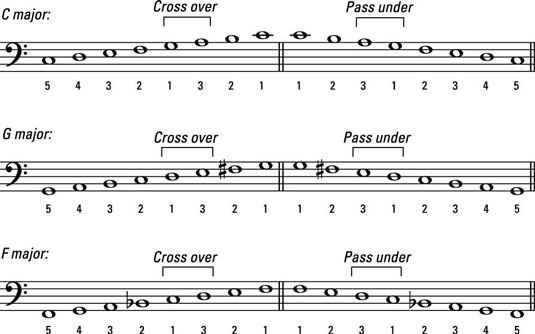


How To Play Left Hand Scales On The Piano Or Keyboard Dummies


The E Major Scale
Different types of piano scales The most common types of scale are major scales, minor scales and the blues scale Let's look at each type Major Scales Major scales are usually associated with upbeat and optimistic music To build a major scale you follow this pattern of semitones and tonesLearn how to play E Major scale on piano http//wwwzebrakeyscom/lessons/beginner/musictheory/?id=13/#emajorscale Access Online Free Piano Lessons httpDIGITAL PIANO SCORE Scales in all major keys two octaves with fingering Major Scales for Piano C Major 1 2 312 3 4 1 3 1 5 1 4 1 3 5 4 3 2 1 3 2 1 4 1 3 1 3 1 4 1 3 1 G Major 12 3 12 34 1 31 5 13 14 13 5 4 3 2 1 3 2 1 4 13 1 3 1 4 1 1 D Major 12 3 1 2 34 1


The 12 Major Scales



E Major Scale All About Music Theory Com
DIGITAL PIANO SCORE Scales in all major keys two octaves with fingering Major Scales for Piano C Major 1 2 312 3 4 1 3 1 5 1 4 1 3 5 4 3 2 1 3 2 1 4 1 3 1 3 1 4 1 3 1 G Major 12 3 12 34 1 31 5 13 14 13 5 4 3 2 1 3 2 1 4 13 1 3 1 4 1 1 D Major 12 3 1 2 34 1E Major Scale – Intervals & Degrees Tonic – E (tonic) Major 2nd – F# (supertonic) Major 3rd – G# (mediant) Perfect 4th – A (subdominant) Perfect 5th – B (dominant) Major 6th – C# (submediant) Major 7th – D# (leading tone) Perfect 8th – E (octave)This step shows the ascending E mixolydian mode on the piano, treble clef and bass clef It also shows the scale degree chart for all 8 notes The E mixolydian mode has 3 sharps Middle C (midi note 60) is shown with an orange line under the 2nd note on the piano diagram


Q Tbn And9gcshape9c Obdwvr8vziepkr7vi2rearzjacn71hgrd3j3wnsjm2 Usqp Cau
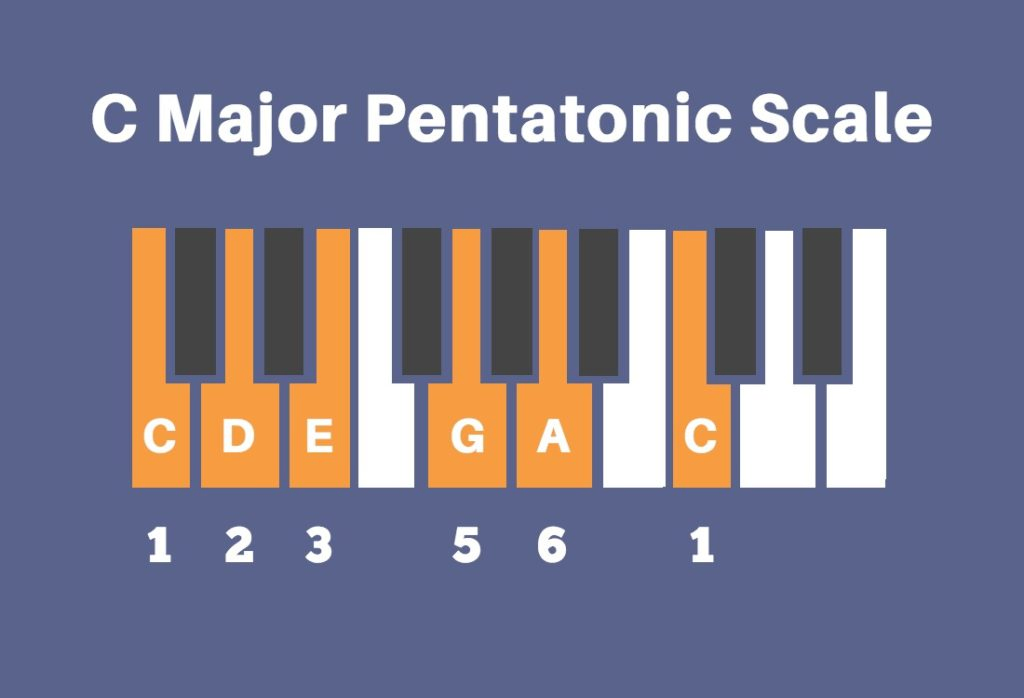


Five Notes Will Change Your Life Pentatonic Scales Musical U
Lesson steps 1 Piano key note names This step shows the white and black note names on a piano keyboard so that the note names are 2 E tonic note and one octave of notes This step shows an octave of notes in the key of E, to identify the start and 3 E major scale note interval positions ThisPerfect 8th The 8th note of the scale is E Here's a diagram of the melodic E minor scale on piano Here's the scale on the treble clef Here's the scale on the bass clef Remember that for the melodic minor scale, when descending, you play the natural minor scale Piano Scales – All Kinds;Piano scales and chords to play to develop you technique on piano Scales In Thirds With Fingerings Marked I Right hand These fingerings can be used in all tonalities II Left hand Other piano exercises Chromatic Thirds III Right hand Minor thirds IV Left hand Minor thirds V Right hand Major thirds VI Left hand Major thirds



G Major E Minor Climbing Piano Scales Piano Scales G Major Major Scale



E Major Scale Fingering For Piano To Use With Every Application Royalty Free Cliparts Vectors And Stock Illustration Image
E Major Scale Fivenote chords Degrees Imaj9 iim9 iiim7(b9) IVmaj9 V9 vim9 Notes E F# G# A B C# Chords Emaj9 F#m9 G#m7(b9) Amaj9 B9 C#m9 Notes in chord EG#BD#F# F#AC#EG# G#BD#F#A AC#EG#B BD#F#AC# C#EG#BD#E Major Scale E – F♯ – G♯ – A – B – C♯ – D♯ – E are the notes of the E major scale Notes of the E Major Scale on a piano keyboard and in ascending order on a staff E Major Key Signature The key signature of E major scale has 4 sharps F♯, C♯, G♯ andDetailed information for the scale E major Notes, Intervals and relations to other scales in the database Ultimate Chord Finder for Guitar and Piano 7 Chord Search and Index 8 Guitar Chord Information for Dsus4 D suspended fourth 9 Chord Namer Find the right name for any chord
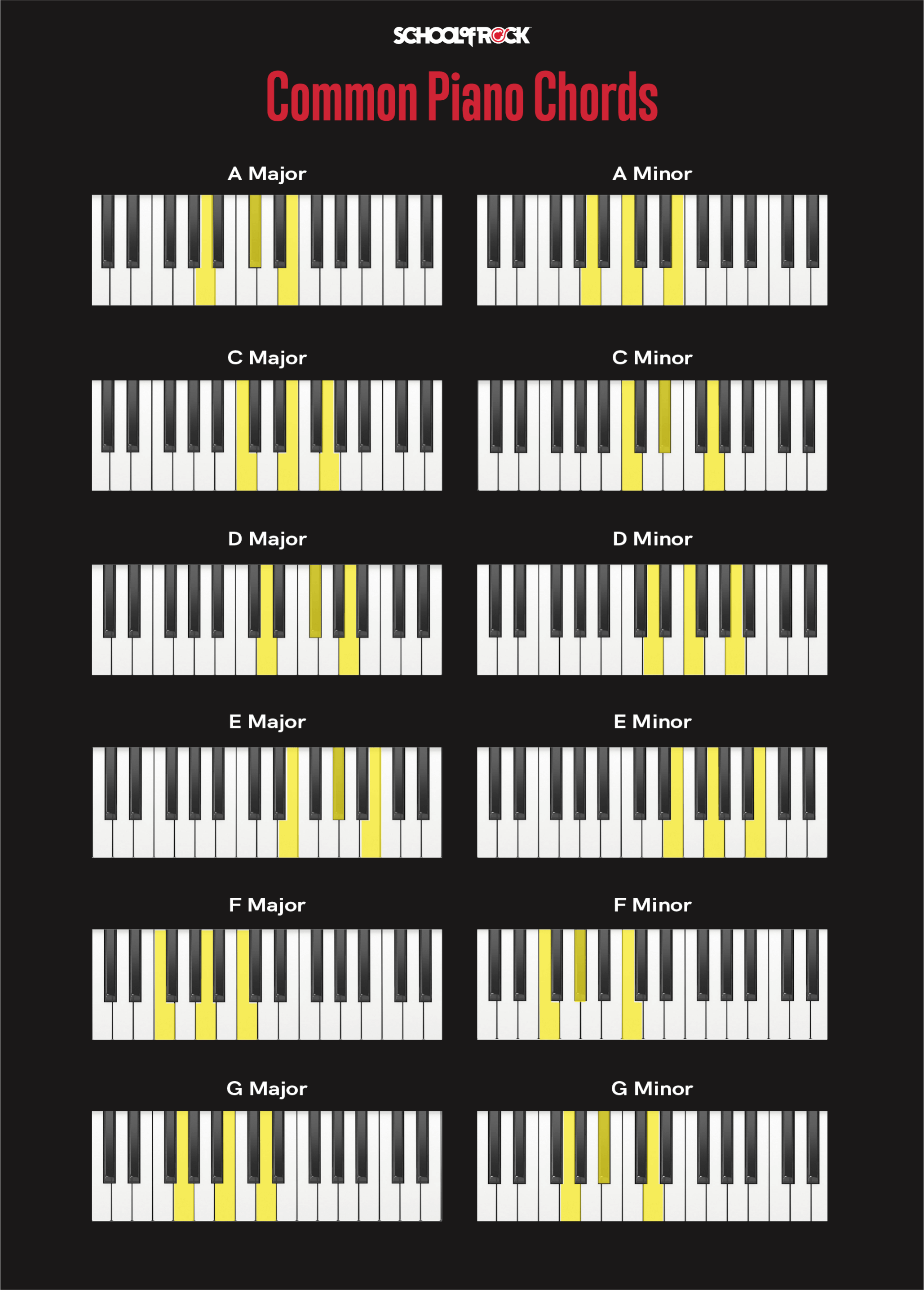


Piano Chords For Beginners School Of Rock



E Pentatonic Scale Charts On Piano
So in the case of E major scale, if you see a piece that has four sharps in the key signature, you can bet that the piece is based on E major scale (Unless it's not Every major scale has a minor counterpart For more info on how that works, check out this video on Major and Minor doppelgangers)This video shows the E major scale being played with both hands separately and togetherE Major is the only major scale that has 4 sharps (F#, C#, G#, D#)___E Flat Major Scale Scale Position Each note has its own specific position within the scale For example, Ab is the 4th note, or degree, of Sharps And Flats The E flat major scale contains 3 flats Eb, Ab, and The scale of a piece of music is usually E Flat Major Scale On the Piano It's
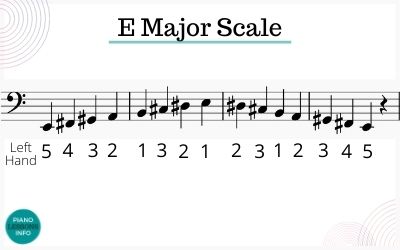


E Major Scale On Piano Notes Fingering How To Play It



D Major Piano Scales Piano Scales Chart 8notes Com
Concerning chords, the table doesn't show major and minor But you can interpret the notes to major chords Some examples of how major chords changes between keys F in the key of C = C in the key of G G in the key of C = D in the key of G C in the key of G = G in the key of D A in the key of D = B in the key of EWe'll start with the right hand and play a scale that moves higher up the piano We call this an ascending scale Begin with your thumb on C You'll use your second finger to play D and finger three to play E Now, as you reach F, cross your thumb beneath your fingers as you practiced earlierPiano scales and chords to play to develop you technique on piano Scales In Thirds With Fingerings Marked I Right hand These fingerings can be used in all tonalities II Left hand Other piano exercises Chromatic Thirds III Right hand Minor thirds IV Left hand Minor thirds V Right hand Major thirds VI Left hand Major thirds



Piano Major Scales Overview With Pictures



F Major Scale Piano Music Theory
Concerning chords, the table doesn't show major and minor But you can interpret the notes to major chords Some examples of how major chords changes between keys F in the key of C = C in the key of G G in the key of C = D in the key of G C in the key of G = G in the key of D A in the key of D = B in the key of EE Major F# minor G# minor A Major B Major C# minor D# diminished These charts highlight the keys and chords of E major scale on piano keyboard This will help you learn how to play melodies and chords on a piano within the key of E MajorE mixolydian mode The Solution below shows the E mixolydian mode notes on the piano, treble clef and bass clef The Lesson steps then explain how to identify the mode note interval positions, choose note names and scale degree names For a quick summary of this topic, have a look at Mode



C Major Triad Practice Scales For Piano Piano Music Lessons Piano Scales Piano
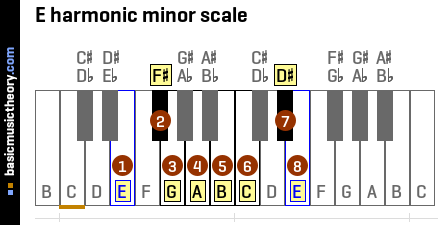


Basicmusictheory Com E Harmonic Minor Scale
E major is a major scale based on E, with the pitches E, F♯, G♯, A, B, C♯, and D♯ Its key signature has four sharps Its relative minor is Csharp minor and its parallel minor is E minor Its enharmonic equivalent, Fflat major, has eight flats, including the double flat B, which makes it impractical to use The E major scale isMajor and Minor Piano Music ScalesThe E major scale on piano is another scale that uses the basic scale fingering or finger patterns which is great!


How To Play The 1 4 5 Chord Progression In All Twelve Major Keys Gospel Music Training Center



Scales Teaching Quiz Letter Names Solfege E Major Scale Diatonic Piano Ology
This video shows the E major scale being played with both hands separately and togetherE Major is the only major scale that has 4 sharps (F#, C#, G#, D#)___EFlat Major Scale Eflat Major has three flats Bflat, Eflat, and Aflat Eflat is the key of love and devotion and is made up of the notes Eflat, F, G, Aflat, Bflat, C, D, and Eflat A famous work in the key of Eflat is Beethoven's Symphony No 3 "Eroica"EFlat Major Scale Eflat Major has three flats Bflat, Eflat, and Aflat Eflat is the key of love and devotion and is made up of the notes Eflat, F, G, Aflat, Bflat, C, D, and Eflat A famous work in the key of Eflat is Beethoven's Symphony No 3 "Eroica"
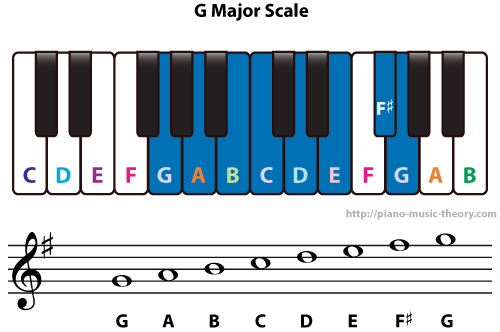


G Major Scale Piano Music Theory
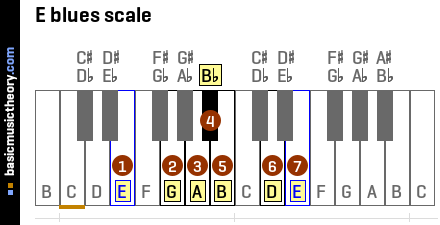


Basicmusictheory Com E Blues Scale
So in the case of E major scale, if you see a piece that has four sharps in the key signature, you can bet that the piece is based on E major scale (Unless it's not Every major scale has a minor counterpart For more info on how that works, check out this video on Major and Minor doppelgangers)I – E major, E major seventh (Emaj, Emaj7) ii – F sharp minor, F# minor seventh (F#m, F#m7) iii – G sharp minor, G# minor seventh (G#m, G#m7) IV – A major, A major seventh (A, Amaj 7) V – B major, B dominant seventh (B, ) vi – C sharp minor, C# minorE Major Scale in two octaves Piano (Right hand)🔥 Check my playlist Scales https//wwwyoutubecom/watch?v=yXvVSWtw0&list=PLEbDHUox3lLNoUk0ULY3y2gKTX



A Major Scale Piano Music Theory


The E Major Scale
Additionally, you can Download our Piano Companion FREE app which is used by millions of users worldwide and contains more than 10,000 chords and scales E, EM, EΔ, E maj, E Major Notes E, G♯, BThese charts highlight the keys and chords of Eb major scale on piano keyboard This will help you learn how to play melodies and chords on a piano within the key of Eb Major Eb Major and C minor scale piano Eb Major scale Piano chords in Eflat (3b) ged as Piano Scales by InstrumentPiano chord name E (E major) Piano sound Notes and structure E Ab B (R 3 5) Chord Categories basic major triad Major chord Other Notations EM Chord Construction R = E E major interval = Ab (scale degree = 3rd) Ab minor interval = B (scale degree = 5th) E on other instruments E piano E guitar E ukulele E mandolin E banjo



Piano Scales Complete Guide With Examples


Chords In The Key Of E
The E flat major scale is a scale typically introduced within the first or second year of learning piano This could vary, of course, depending on how quickly a student progresses and the type of curriculum the piano instructor chooses to followDorian Mode The Dorian Scale, or mode, is the second of the seven modesThe Dorian modes are comparable to the Major scales – D Dorian, for example, includes exactly the same notes as C MajorE Major Scale On the Piano It's an excellent skill to be able to quickly and easily visualize scales on the piano The key to doing this is focusing on which white keys and which black keys are part of the scale Also, we have to keep in mind the two zones that make up each octave register on the keyboard



Piano Music Scales Major Minor Piano Scales



E Major Scale Piano Music Theory



Major Scale Wikipedia
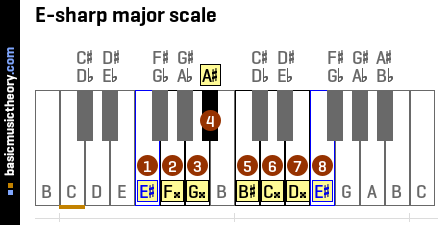


Basicmusictheory Com E Sharp Major Scale



The Key Of E Major E Major Scale Key Signature Piano Chords And Common Chord Progressions Youtube
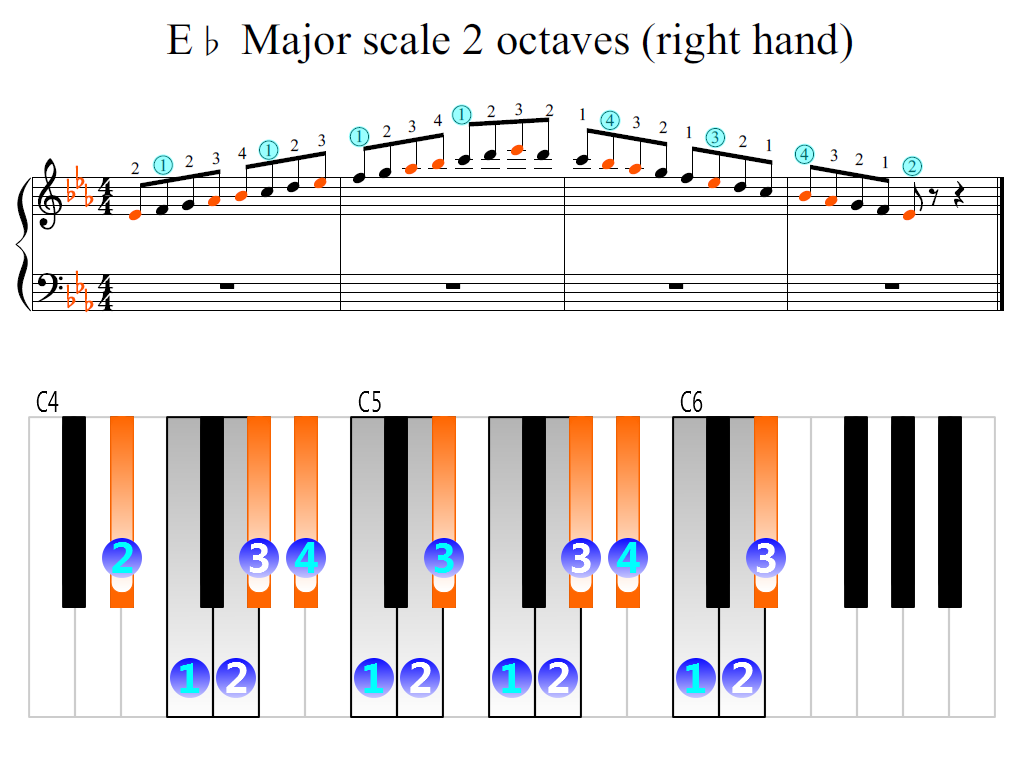


E Flat Major Scale 2 Octaves Right Hand Piano Fingering Figures



E Major Scale Piano Music Theory



E Major Scale All About Music Theory Com


E Major Wikipedia



Basicmusictheory Com E Major Scale



E Major Scale Charts For Piano



E Major Scale Music Theory



E Major Scale Activity Sheet Major Scale Music Theory Worksheets Piano Teaching



Eb Major Scale Bass Clef In 21 Music Lessons For Kids Major Scale Music Chords
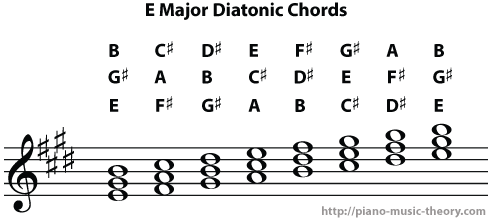


Diatonic Chords Of E Major Scale Piano Music Theory
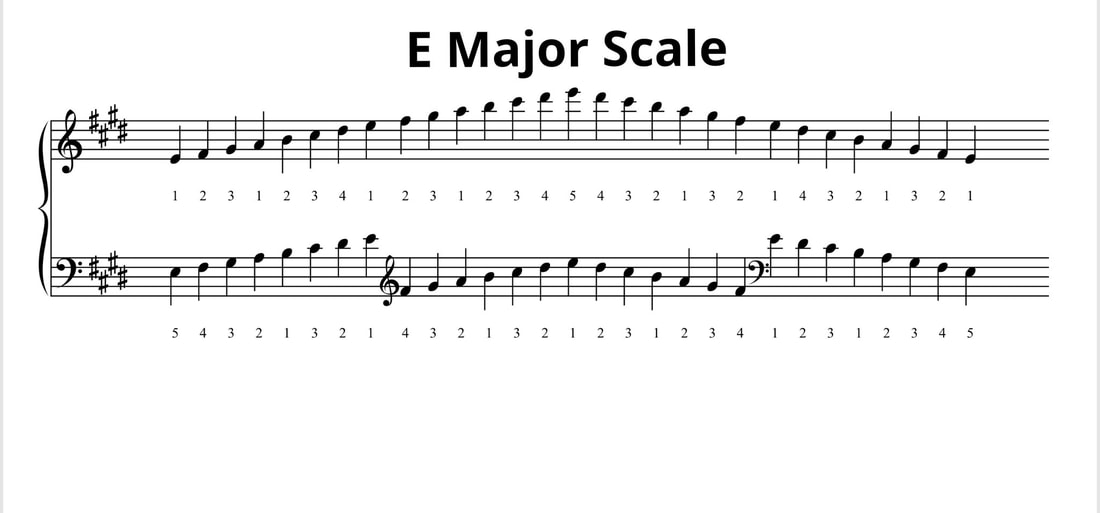


Piano Scales Tutorial Ruth Pheasant Piano Lessons
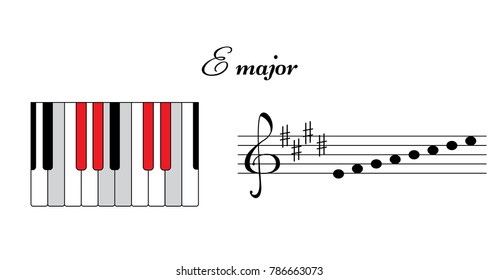


E Major High Res Stock Images Shutterstock



E Major Scale In 3rds Youtube


The E Major Scale



Learn The 12 Major Scales Basic Music Theory



E Flat Major Scale Piano Music Theory


Jazclass Jazz Scales Lesson Major Scale In All Keys
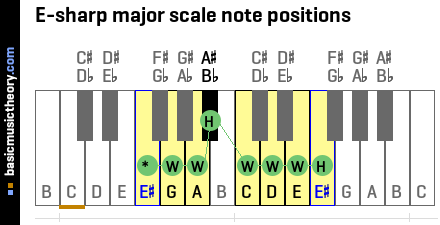


Basicmusictheory Com E Sharp Major Scale



How To Play E Major Piano Scale Bitesize Scales Key Signatures Youtube



E Major Scale All About Music Theory Com



E Major Scale All About Music Theory Com



E Major Pentatonic Scale Play Piano Scales In All Keys


Q Tbn And9gcr Hx9e42xzhzsgplnkrngbmsxkhavlb1ahkpeyjwqai Cg7lm Usqp Cau
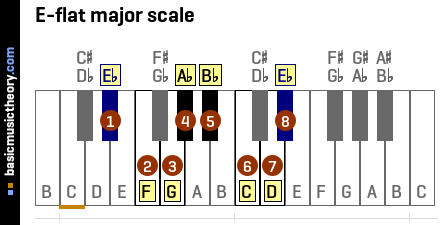


Basicmusictheory Com E Flat Major Scale


Q Tbn And9gcshzq3tpsoa86yvqors Sgozlxgwpxeayqptkubocn 9ixeiir Usqp Cau


Take 5 And Learn About The Pentatonic Scale Piano Lesson On The Web



E Major Scale All About Music Theory Com
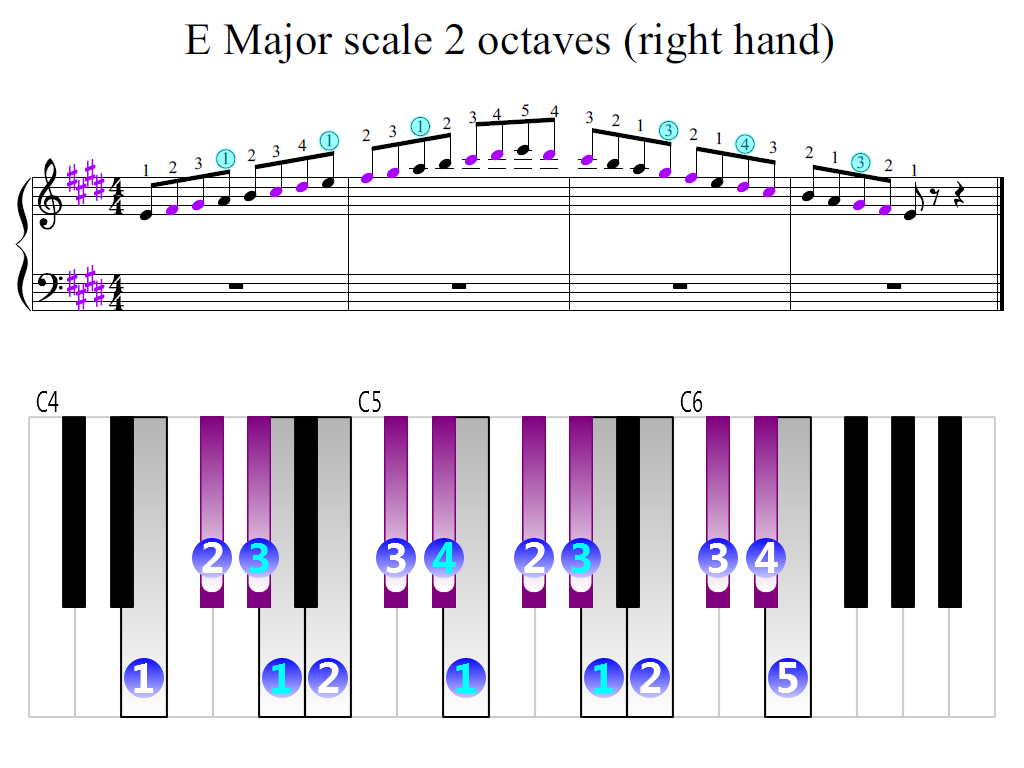


E Major Scale 2 Octaves Right Hand Piano Fingering Figures



How To Form And Play The E Major Scale On Piano And Keyboard Youtube
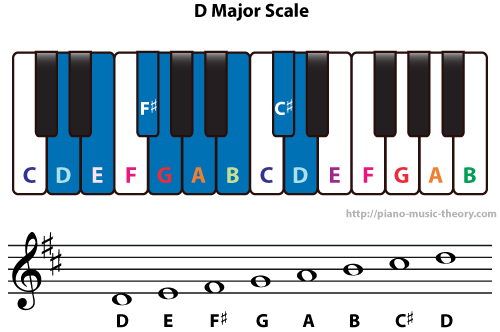


D Major Scale Piano Music Theory



Major Scale Wikipedia



Piano Major Scales Transverse Audio



Piano Technique Fingering Charts 12 Major Scales Piano Ology


Major And Minor Scales In All 12 Keys With Flats And Sharps



The Complete Guide To Music Key Signatures



E Major Scales Similar And Contrary Motion Youtube
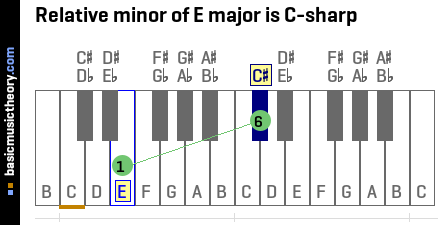


Basicmusictheory Com E Relative Minor



E Major Scale For Piano Piano Scales Piano Learn Piano



E Major Scale Charts For Piano



All Major Arpeggios My Piano Teacher



Piano Major Scales Arpeggios Reason E Lo



E Major Arpeggio Class Piano Eastman School Of Music


E Major Scale For Piano



E Major Scale All About Music Theory Com



Pin On Music Scales
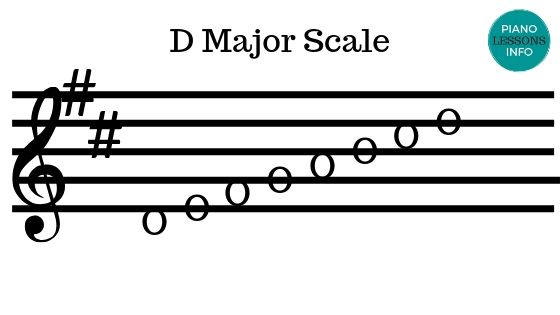


All 12 Major Scales



E Natural Minor Scale Piano Music Theory
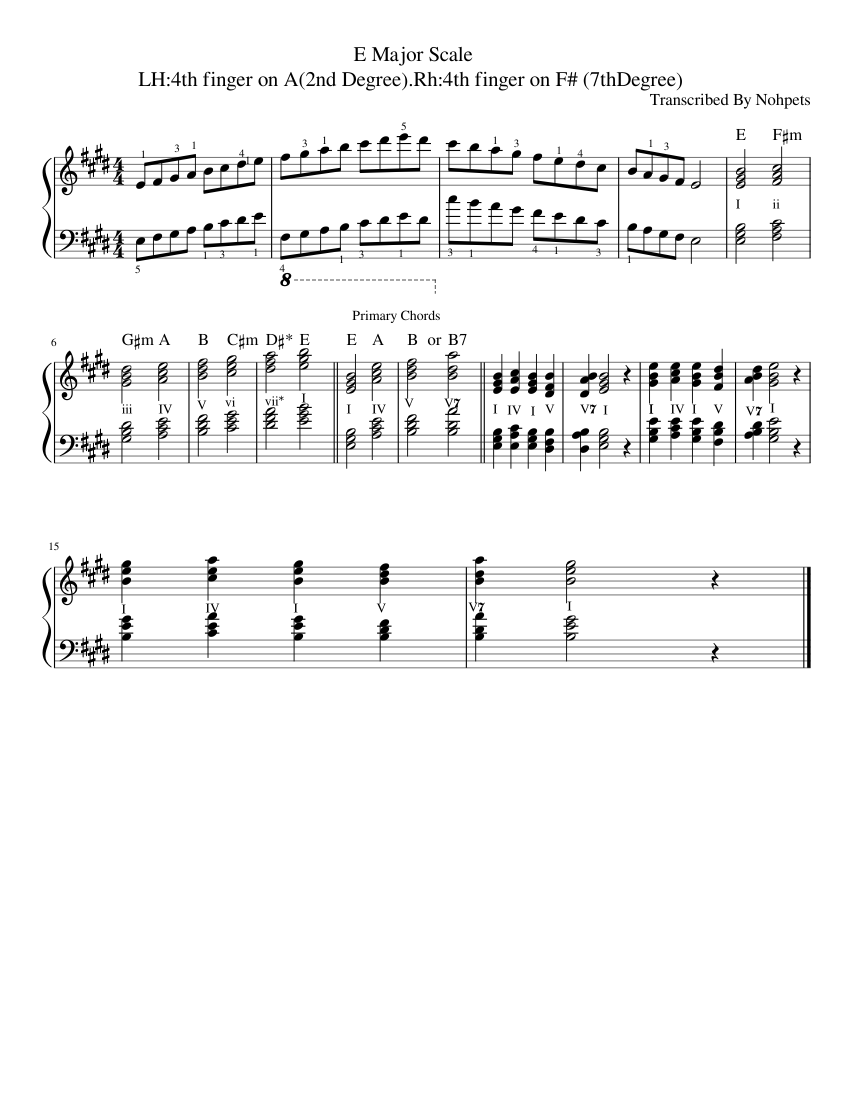


E Major Scale Sheet Music For Piano Solo Musescore Com



The E Major Scale


The Pentatonic Scale Understanding The 5 Note Scale



E Major Scale Piano Tutorial Right Left Hand Fingering Chords On The Scale Free Chord Chart Youtube
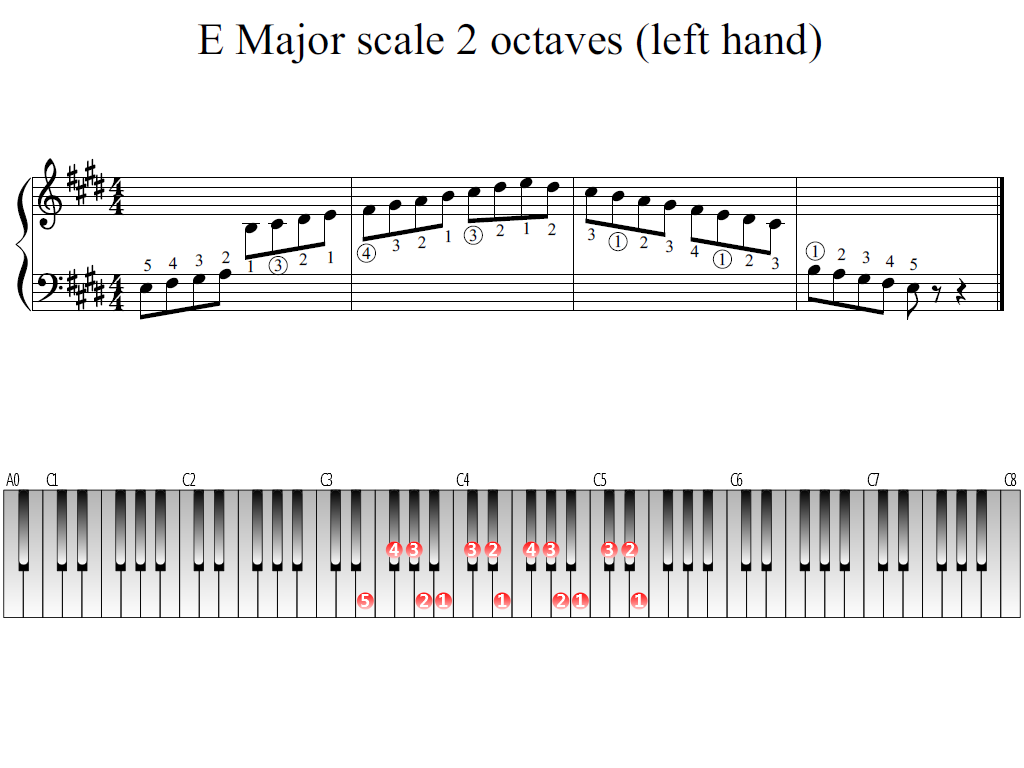


E Major Scale 2 Octaves Left Hand Piano Fingering Figures



Grade 2 Scales And Arpeggios My Piano Teacher
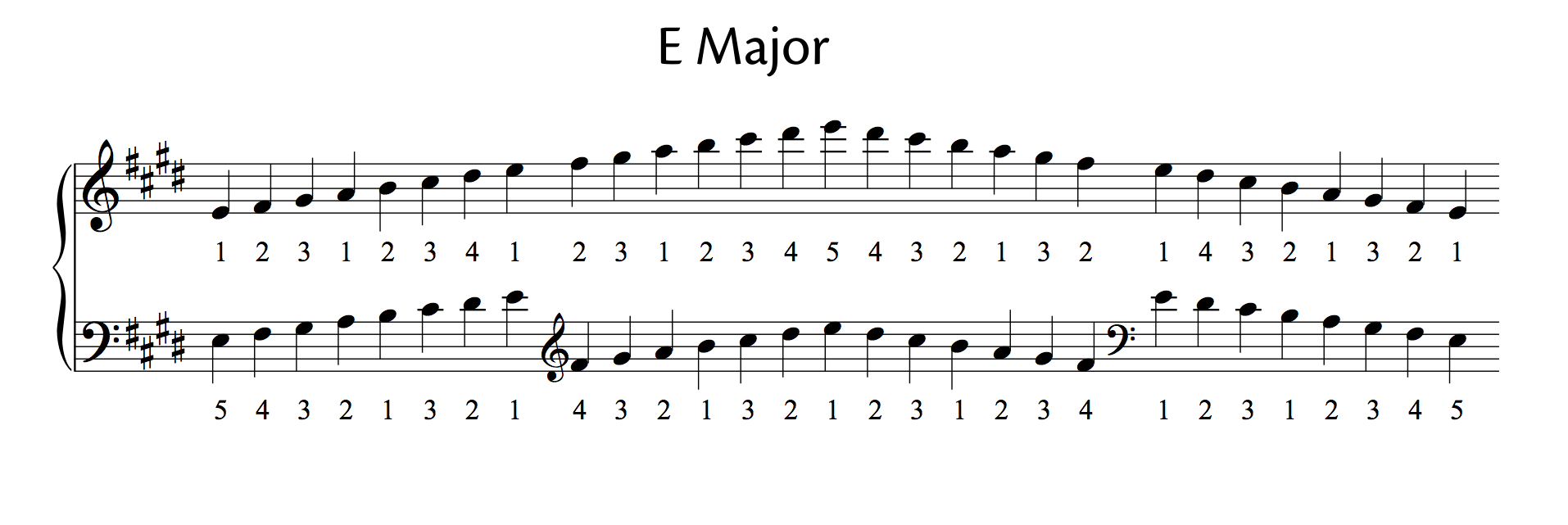


All Major And Minor Scales Including Fingering For Piano Oktav



2 Octave C Major Scale Pianotv Tutorial



Amazon Com Piano 12 Scales Poster In A Tube Musical Instruments
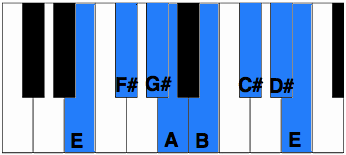


E Blues Scale For Piano
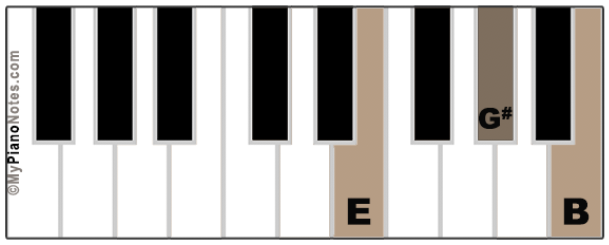


Chords In Key Of A Major All Triads Extensions Piano Examples



E Flat Major Scale For Piano Piano Piano Scales Piano Beginner
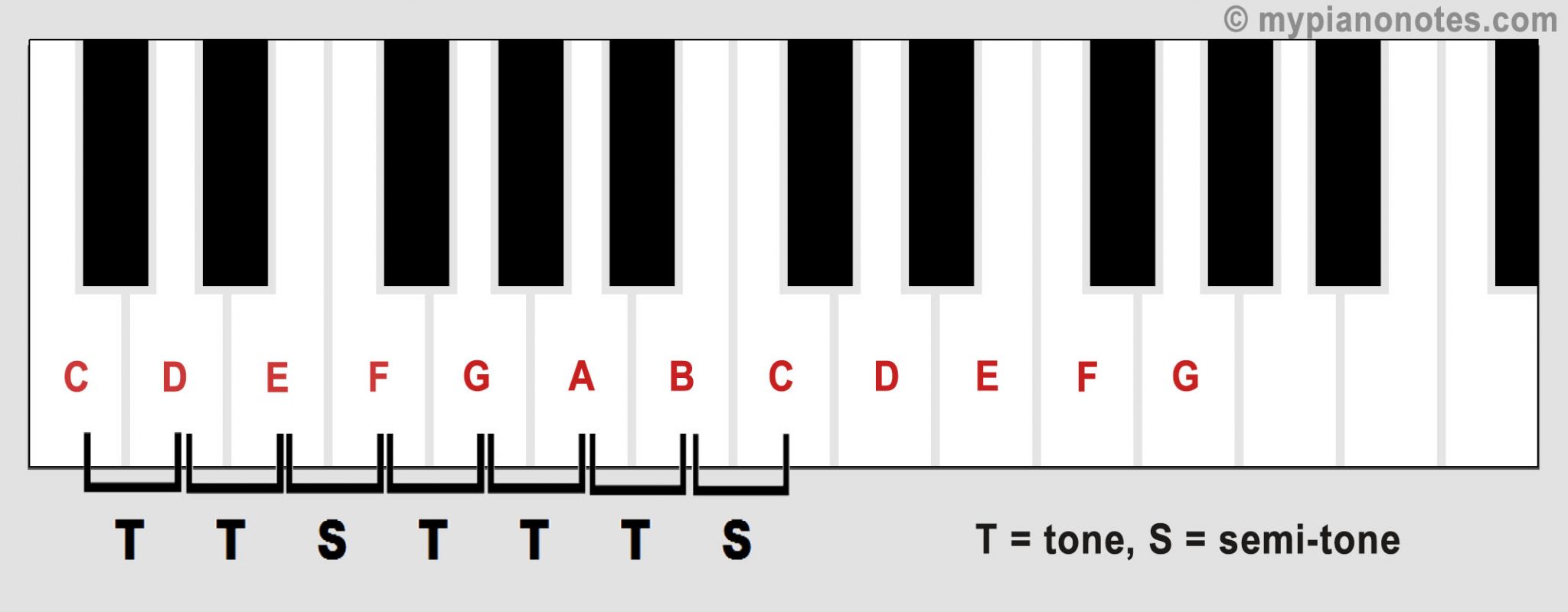


Piano Scales Complete Guide With Examples


Eb Major Scale For Piano
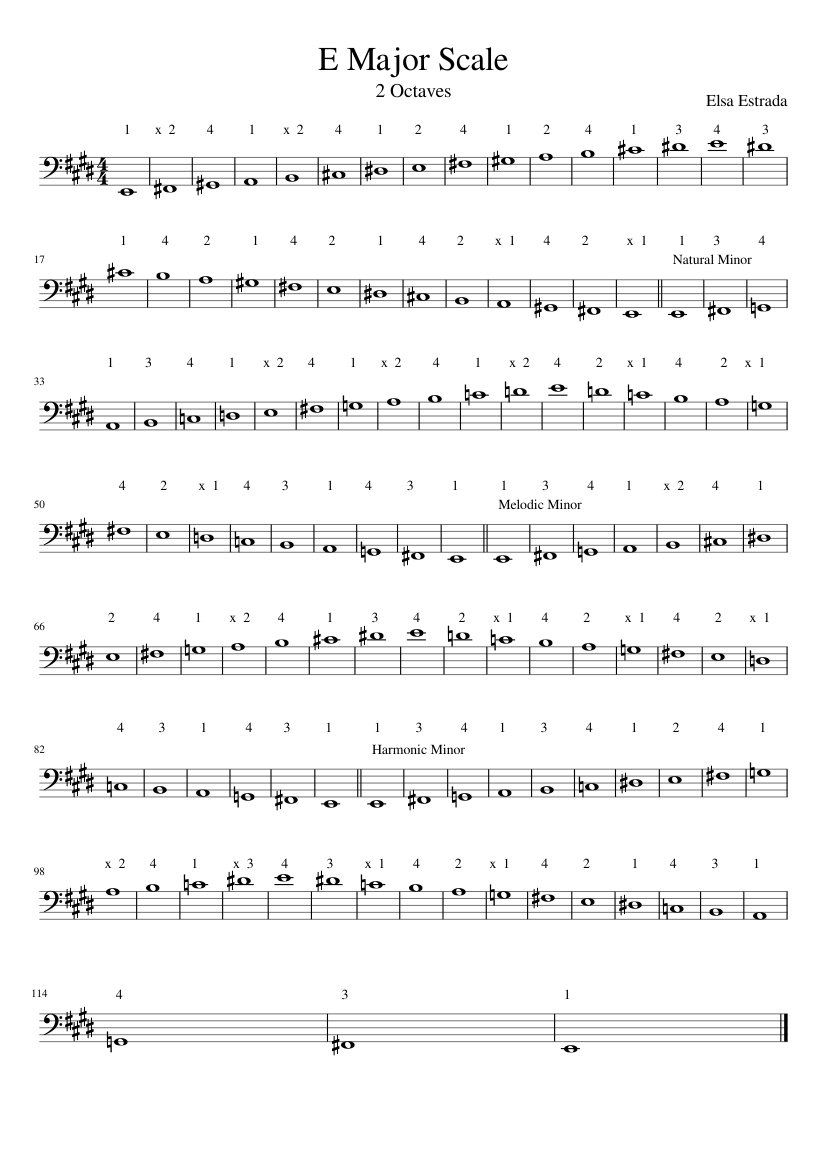


E Major Scale W Fingerings Sheet Music For Piano Solo Musescore Com
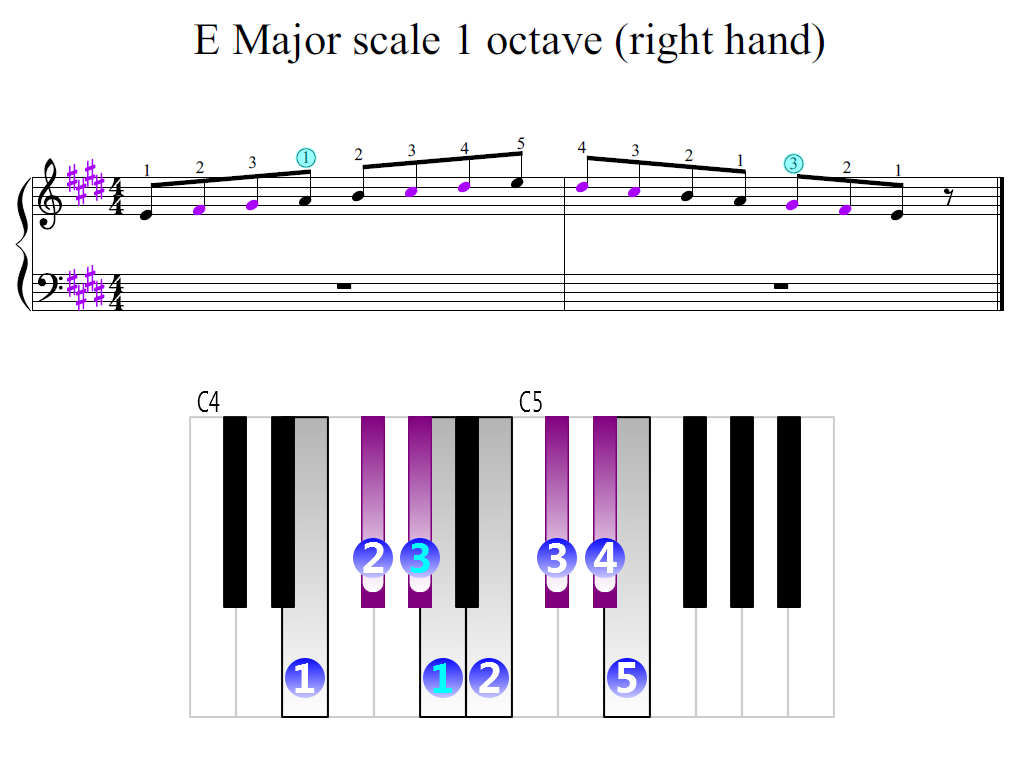


E Major Scale 1 Octave Right Hand Piano Fingering Figures



Major Scales How To Play E Major Scale On Piano Right And Left Hand Youtube



Piano Major Scales Arpeggios Reason E Lo



Basicmusictheory Com E Major Scale



E Major Piano Scales Piano Scales Chart 8notes Com



Musical Scale Info E Major
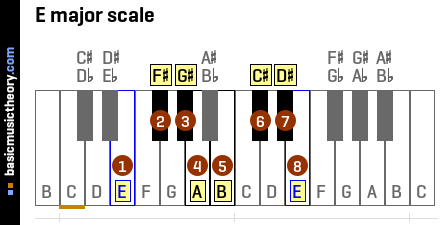


Basicmusictheory Com E Major Scale
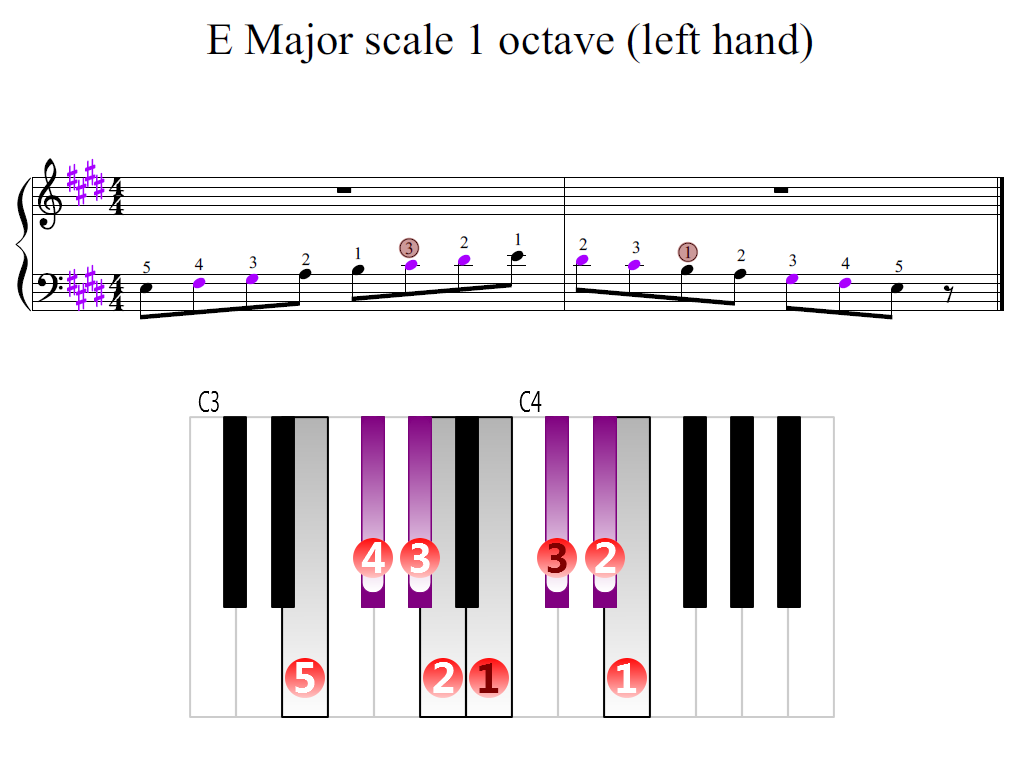


E Major Scale 1 Octave Left Hand Piano Fingering Figures


The E Major Scale



C Major Scale Charts For Piano



A Flat Major Scale Piano Music Theory


The 12 Major Scales


コメント
コメントを投稿